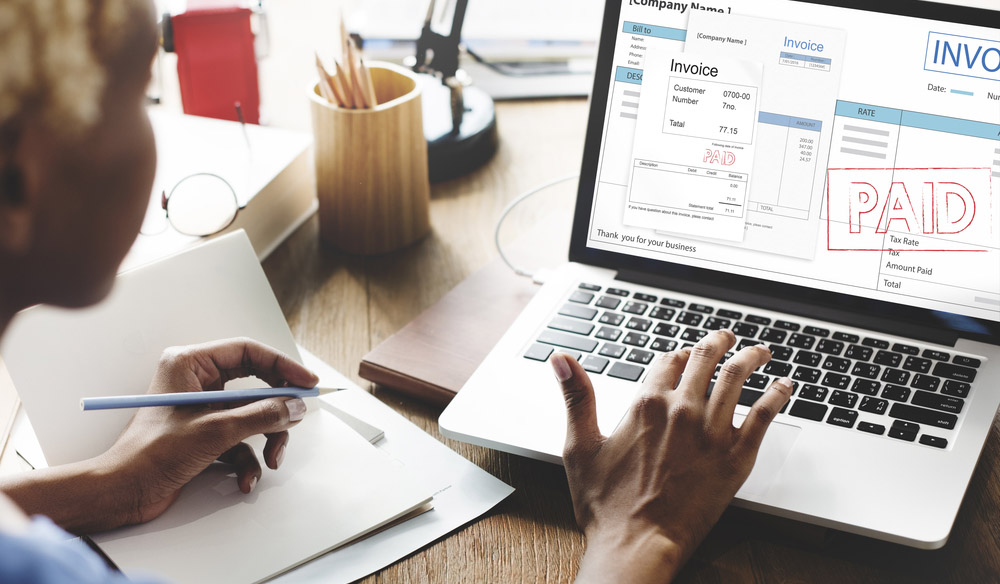Invoicing a client is an important part of running a business. It’s the process of generating a bill or invoice for goods or services you have provided to a customer. The invoice must include an itemized list of the goods and services provided, the due amount, and payment terms. It is important to keep accurate and detailed records of invoices so that you can track payments and maintain a healthy cash flow. Here are the different types of invoices that you can send to your clients. Choose the invoice type that works best for your business.
Invoicing a client starts with understanding the terms of the agreement between you and the customer. You should be sure to lay out the specifics of the agreement in writing, including the scope of the project, the payment terms, and the timeline for completion. Once you have the agreement, it’s time to create the invoice.
The first step in creating an invoice is to enter the customer’s information, including their name, address, phone number, and email address. This will ensure that the customer can easily pay the invoice. You should also include the date the invoice was created and the payment terms.
Next, you will need to enter the itemized list of goods and services that you provided to the customer. Be sure to include the quantity, unit price, and total cost of each item. You should also include any taxes, discounts, or other fees that are applicable. Once you have all of the information entered, you will need to calculate the total amount due.
Once the invoice is completed, you can send it to the customer either via email or postal mail. You should include a polite reminder that payment is due by the due date specified in the invoice. You may also want to include an incentive for prompt payment, such as a discount or free shipping.
When the customer pays the invoice, you should promptly issue an invoice receipt. This is a document that acknowledges that the customer has paid the invoice and verifies the payment. You should also keep a copy of the invoice and the invoice receipt for your records.
Invoicing a client is an important part of running a business. It allows you to track payments, maintain a healthy cash flow, and ensure that you are paid for the goods and services you provide. By following the steps outlined above, you can ensure that the invoicing process is done correctly and that your customers can easily pay their invoices.
To make invoicing a breeze, you can use invoicing tools like CheckYa that helps you send invoices within minutes. CheckYa gives you a professional invoicing template with all the necessary information. It also gives you an option to send automatic reminders upon due payments. You can also choose to split the transaction fee with your clients or pass it on to them fully.

















